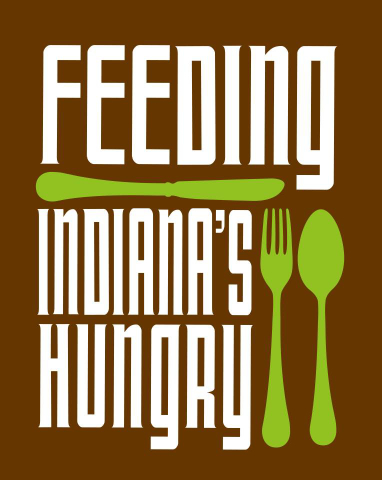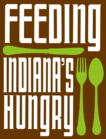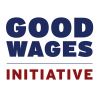Hunger relief advocates are spreading the word that the increased benefits to recipients in the Supplemental Nutrition Assistance Program (SNAP) provided by the American Recovery and Reinvestment Act of 2009 (ARRA) will expire on November 1, 2013.
SNAP recipients will initially see benefits increase slightly for most households on October 1 to reflect the annual cost of living adjustment. But on November 1, recipients will see their benefits decrease due to the end of the extra benefits provided by the 2009 law.
These changes are not a result of the current federal government shutdown.
Indiana’s Family & Social Services Agency (FSSA) will communicate benefit changes directly with SNAP recipients prior to the November decrease. But hunger relief advocates want to ensure that SNAP clients are informed and prepared well ahead of these changes.
“Beginning November 1, the more than 925,000 Hoosiers receiving SNAP will see a decrease in the monthly benefits that for a family of four will be up to $36 per month,” said Emily Weikert Bryant, executive director of Feeding Indiana’s Hungry. “$36 means several days’ worth of food for a struggling family. Clients already have a difficult time putting enough food on their tables and paying their bills even with SNAP benefits. We hope that by spreading the word early, clients can prepare themselves as best as possible and local food pantries can proactively gear up for increased client traffic.”
The eleven regional member food banks of Feeding Indiana’s Hungry distributed 73.7 million pounds of food in 2012 with the help of food and fund donations from retailers, manufacturers, private and foundation donors, and commodity food from the U.S. Department of Agriculture. But the state impact of SNAP ARRA cuts will be a loss of $98 million worth of food over the next year.
“We hope that Hoosiers statewide will also come to the aid of our friends, neighbors, and family that will be impacted by the loss of food assistance in November by donating food, funds, or time to regional food banks or local pantries to ensure that more food is available to those in need,” said Bryant.
The new SNAP maximum monthly benefit levels will change with the October cost of living adjustments and November cuts as follows:
SNAP Maximum Monthly Benefit Levels
| Household Size | October 1, 2013
| November 1, 2013
| Difference |
1 | $200 | $189 | -$11 |
2 | $367 | $347 | -$20 |
3 | $526 | $497 | -$29 |
4 | $668 | $632 | -$36 |
5 | $793 | $750 | -$43 |
6 | $952 | $900 | -$52 |
7 | $1,052 | $995 | -$57 |
8 | $1,202 | $1,137 | -$65 |
Each additional person | $150 | $142 | -$8 |
Hoosiers wishing to find out their SNAP balance can call 877-768-5098, look at their last grocery receipt, or check the balance online https://www.ebtaccount.jpmorgan.com/
It is also important to ensure that Hoosier SNAP clients are claiming all of the deductions for which they qualify to receive the benefits for which they are eligible. This includes accounting for medical expenses for seniors 60 years or older and dependent care expenses for children under 18 or other dependents.
If you need food right away, contact your regional food bank, which can be located through FeedingAmerica.org or Feedingindianashungry.org, or call 211 anywhere in Indiana at any time to be connected to a trained human service professional and ask for the nearest food pantry or food distribution site.
The U.S. Department of Agriculture provides several resources to help people eat healthy meals on a low budget including:
- Eat Right When Money’s Tight. (http://snap.nal.usda.gov/resource-library/eat-right-when-moneys-tight )
The USDA Recipe Box (http://www.fns.usda.gov/fncs-recipe-box) helps people find healthy low cost recipes and create cookbooks and shopping lists.



